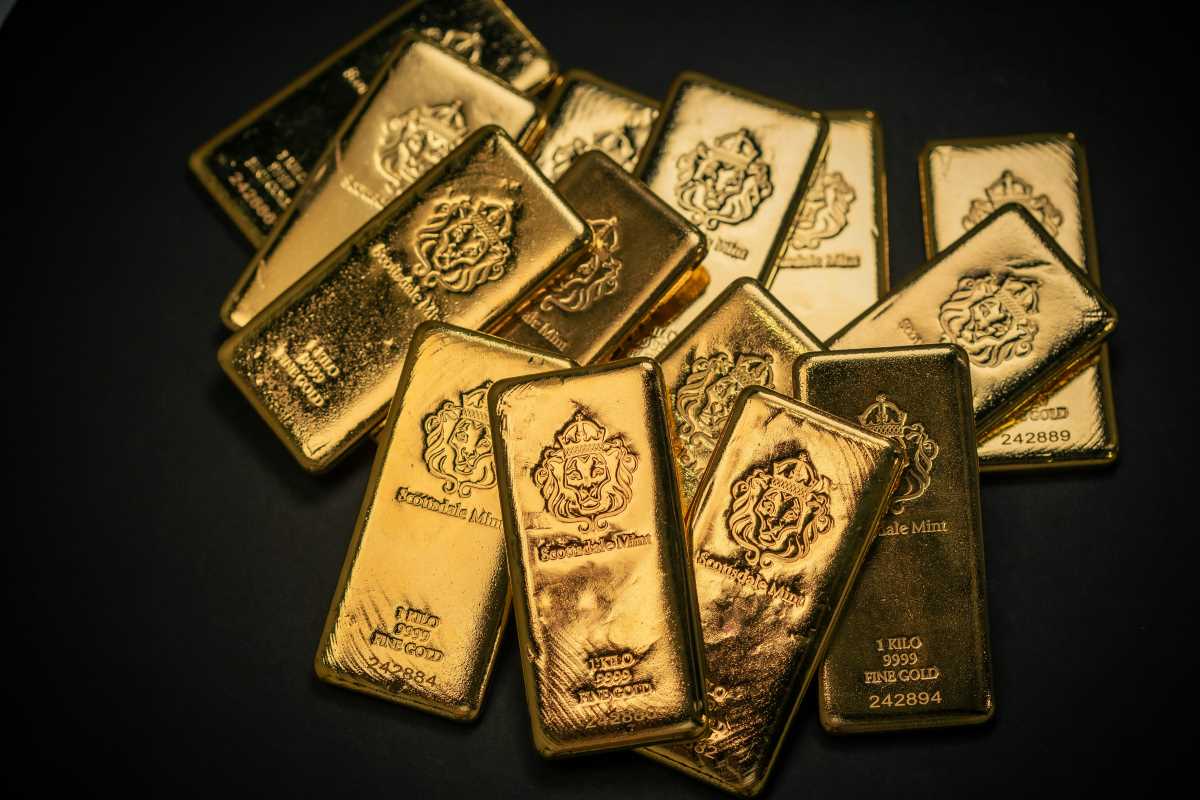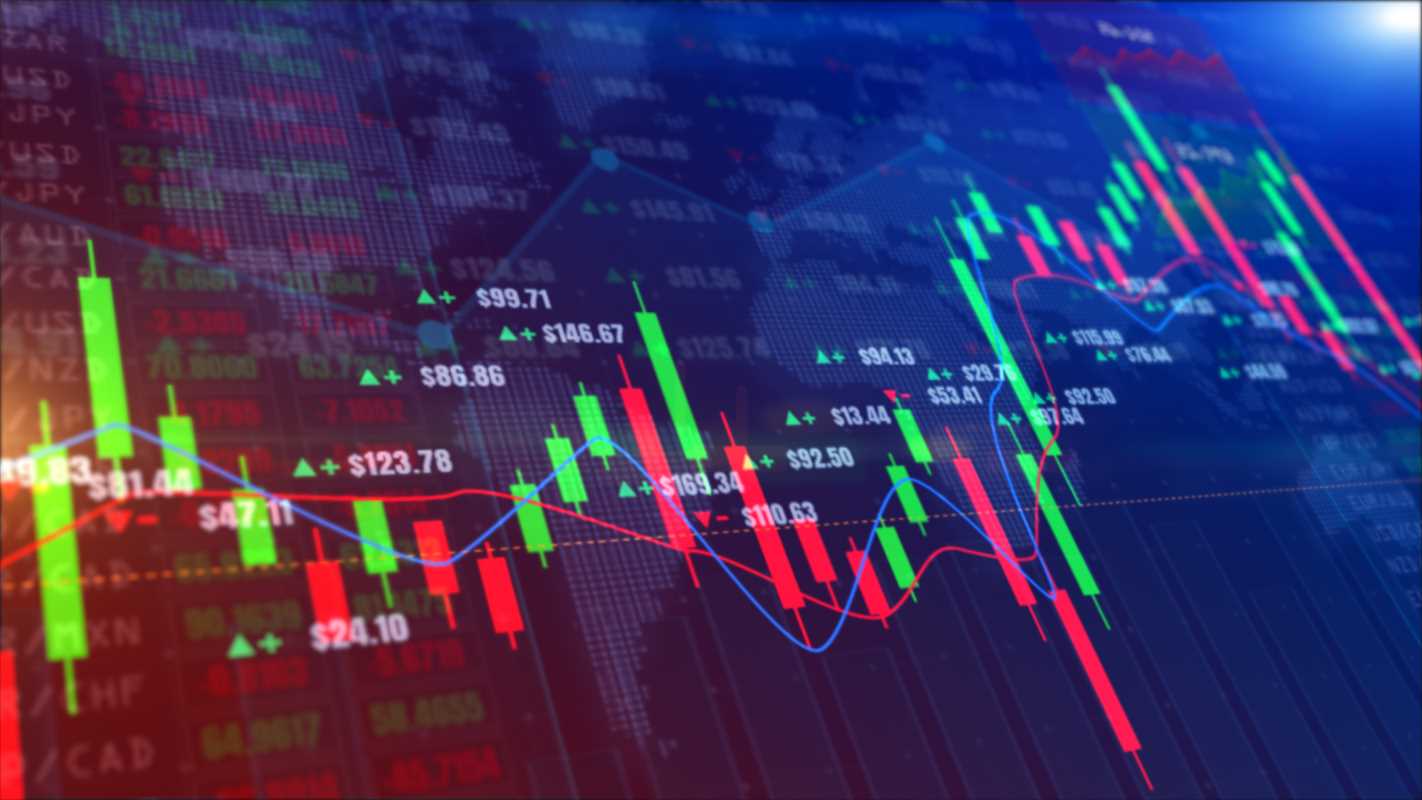In today's dynamic financial landscape, many investors are seeking to diversify their portfolios beyond the traditional stock market. While stocks and bonds remain a central part of most investment strategies, exploring unconventional investment opportunities offers a chance for higher returns and varied risk profiles. These alternatives include real estate, precious metals, cryptocurrencies, peer-to-peer lending, and collectibles. Each of these investment options presents unique opportunities and risks, providing valuable diversification for those looking to enhance their financial portfolios.
Real Estate Investment
Real estate is one of the most popular alternative investments, known for its potential to generate both steady income and capital appreciation. Investing in real estate typically involves purchasing properties, either residential or commercial, with the goal of generating rental income or selling the property for a profit as it appreciates over time.
One of the key advantages of real estate investment is its ability to provide a reliable income stream through rent payments. For investors who own rental properties, monthly rent payments can provide a steady flow of cash, which is particularly appealing in times of stock market volatility. Additionally, real estate investors may benefit from certain tax advantages, such as deductions for property depreciation, mortgage interest, and property-related expenses.
While real estate can be a lucrative investment, it also comes with risks. Property values can fluctuate, rental demand can change, and maintenance costs can be high. Investors also need to consider the liquidity of real estate, as selling a property can take time, especially during economic downturns. Nevertheless, for those willing to do the research and manage these risks, real estate can be a valuable addition to a diversified portfolio.
Precious Metals
Precious metals like gold, silver, platinum, and palladium are considered safe-haven assets, especially during periods of economic uncertainty. For centuries, these metals have been valued for their scarcity and intrinsic worth, making them an attractive hedge against inflation and market volatility.
Investors can purchase physical metals in the form of bullion bars, coins, or jewelry, or they can invest in exchange-traded funds (ETFs) that track the price of these metals. Precious metals are particularly appealing during times of financial instability or when inflation erodes the value of paper currency. Gold, for example, often sees an increase in demand during economic downturns, which can lead to price appreciation.
However, precious metals do not generate cash flow like real estate or dividend-paying stocks. The returns from investing in precious metals come solely from price appreciation, and their value can fluctuate based on global economic conditions. Additionally, storing and securing physical metals can be costly. Despite these challenges, precious metals remain a solid choice for investors looking to safeguard their wealth in turbulent times.
Cryptocurrencies
Cryptocurrencies have gained widespread attention over the past decade, with Bitcoin and Ethereum leading the charge. These digital assets are built on blockchain technology and operate in decentralized networks, providing an alternative to traditional fiat currencies.
Cryptocurrencies offer significant opportunities for investors, with the potential for substantial returns due to their price volatility. Early investors in Bitcoin, for instance, have seen exponential growth in their investments. However, this same volatility can also lead to significant losses, as cryptocurrency prices can swing wildly based on market sentiment, regulatory changes, and technological developments.
The decentralized nature of cryptocurrencies also means that they are not subject to the same regulations as traditional financial assets, which can be both an advantage and a risk. Investors should approach cryptocurrency with caution, conducting thorough research and considering the possibility of high losses alongside the potential for high gains.
Peer-to-Peer Lending
Peer-to-peer (P2P) lending platforms allow individuals to lend money to others, bypassing traditional financial institutions like banks. These platforms connect borrowers directly with investors, offering the potential for higher returns than conventional savings accounts or bonds.
P2P lending can be particularly attractive because of the interest rates investors can earn. These returns can be significantly higher than what is offered by traditional financial products. However, the risks are equally high. The primary risk in P2P lending is borrower default—if a borrower fails to repay the loan, the investor could lose their principal. Additionally, the platforms themselves carry risk; if the P2P platform fails, investors may face difficulties recovering their money.
To mitigate these risks, many platforms allow investors to spread their capital across multiple loans, diversifying their exposure and reducing the impact of a single borrower defaulting. Nonetheless, P2P lending requires careful consideration of the risks and potential rewards before committing funds.
Collectibles
Collectibles, including art, wine, rare coins, stamps, and vintage cars, offer an unconventional yet potentially rewarding investment avenue. Collectibles often appreciate in value over time, driven by factors such as rarity, condition, and demand. Investing in collectibles can be passion-driven, as many investors enjoy the aesthetic and historical significance of the items they collect.
However, investing in collectibles requires a deep understanding of the market. Prices for collectibles can be volatile and are often influenced by trends, the tastes of buyers, and the scarcity of certain items. Unlike traditional investments, there is no guarantee of steady returns, and selling collectibles can be difficult and time-consuming.
Additionally, there are costs associated with storing and insuring valuable collectibles. Before venturing into this market, investors should conduct thorough research and consider seeking advice from experts in the field to avoid overpaying or buying counterfeit items.
Exploring unconventional investment opportunities beyond the stock market provides investors with a broader range of options to diversify their portfolios and manage risk. Real estate, precious metals, cryptocurrencies, peer-to-peer lending, and collectibles all offer unique advantages and challenges. While these alternatives can provide higher returns or offer protection against market volatility, they also require careful research, due diligence, and risk management.
By understanding the characteristics of each investment option, investors can make informed decisions that align with their financial goals and risk tolerance. Incorporating unconventional investments into a broader financial strategy can help create a well-rounded portfolio, offering a balance of growth, stability, and diversification.







